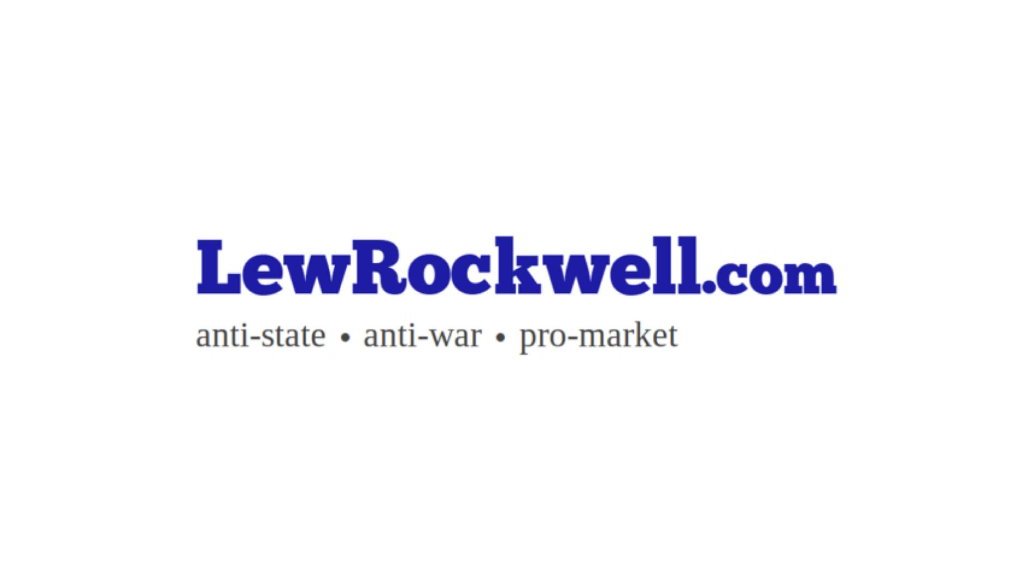The Mar-a-Lago Accord
“Sweeping tariffs and a shift away from strong dollar policy can have some of the broadest ramifications of any policies in decades, fundamentally reshaping the global trade and financial systems.”
– Stephen Miran, nominee: CEA Chairman
“We’re going to monetize the asset side of the US balance sheet, for the American people.”
– Scott Bessent, US Treasury Secretary
– Matt Smith, entrepreneur and rancher
Henry George observed that tariffs are nations doing to themselves in peacetime what enemies inflict during wars.
Donald Trump disagrees.
Last week, the president issued…then postponed…hefty tariffs on Canada and Mexico. He also intimated he’d apply import duties on the EU, and imposed a 10% levy on products from China.
This week, he announced a 25% impost on foreign aluminum and steel, which appears to impact Canadians the most (or the Chinese, to the extent they reputedly ship steel to Canada and Mexico for laundering to the U.S.).
More tariffs are reflexively threatened based on how countries behave.
Dresden and Detroit
What’s going on here? Is this more “Art of the Deal” 4D Chess?
Or are these tariffs unforced errors, revivals of ideas so imbecilic even most credentialed economists can see the stupidity?
This administration assumes (or wants us to believe) that other governments have been ripping us off. But China, Canada, and Mexico are mere scapegoats. The real enemy is within… mostly in Washington, DC, northern Virginia, and southern Manhattan.
Corporate boardrooms, in conjunction with their purchased politicians, the Fed, and Wall Street are the real source of America’s woes. These are the entities that hollowed Cleveland, St Louis, and Baltimore, and shipped American manufacturing overseas.
If we look at Dresden and Detroit in 1945, then take a glance at each today, we know something went terribly wrong. It started with corporate boondoggles like the Marshall Plan, but continued with Cold War escapades like the Korean “conflict” and a catalogue of coups.
But, as always, to connect the dots we must follow the dollars. And especially what backs them… or doesn’t.
Monetary Resets
During the late 19th century, the U.S. prospered under a genuine gold standard. This lasted till the advent of the Fed in 1913.
A Potemkin version emerged after the First World War. But gold exchange rates in Britain were unsustainable, prompting the Fed to print money to help prop up the pound. This amplified the Roaring ‘20s boom, which collapsed when the hot air inevitably left the balloon.
Under the post-war Bretton Woods system, the US dollar
Article from LewRockwell

LewRockwell.com is a libertarian website that publishes articles, essays, and blog posts advocating for minimal government, free markets, and individual liberty. The site was founded by Lew Rockwell, an American libertarian political commentator, activist, and former congressional staffer. The website often features content that is critical of mainstream politics, state intervention, and foreign policy, among other topics. It is a platform frequently used to disseminate Austrian economics, a school of economic thought that is popular among some libertarians.




